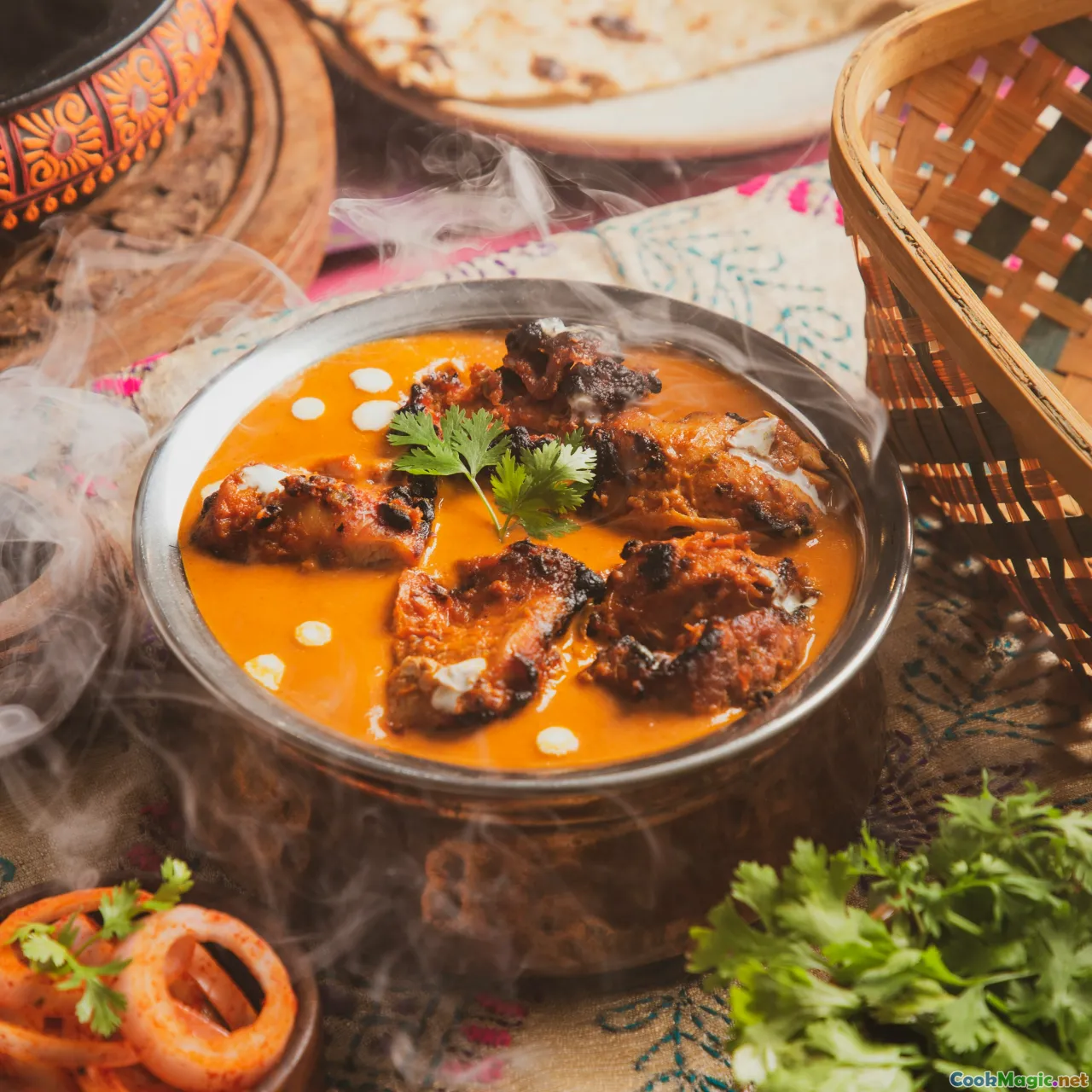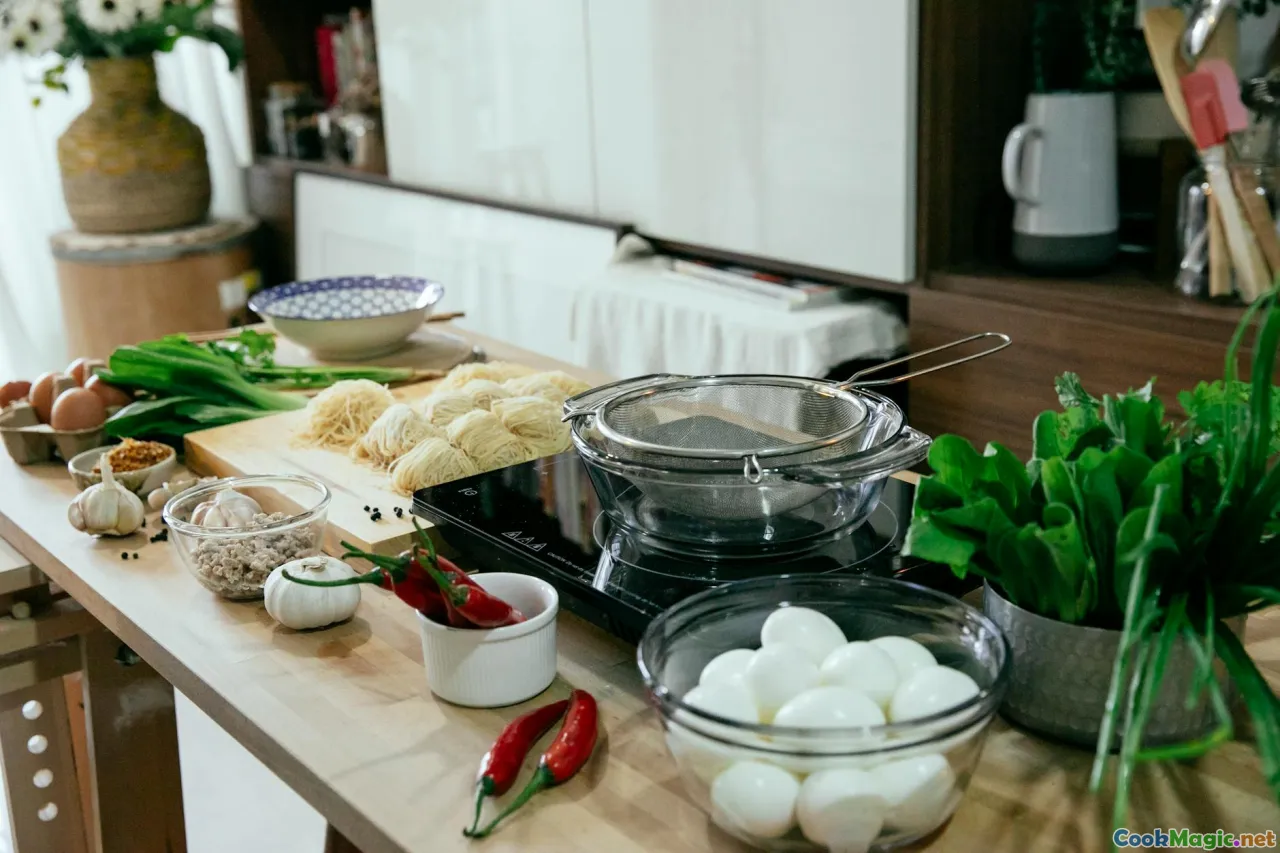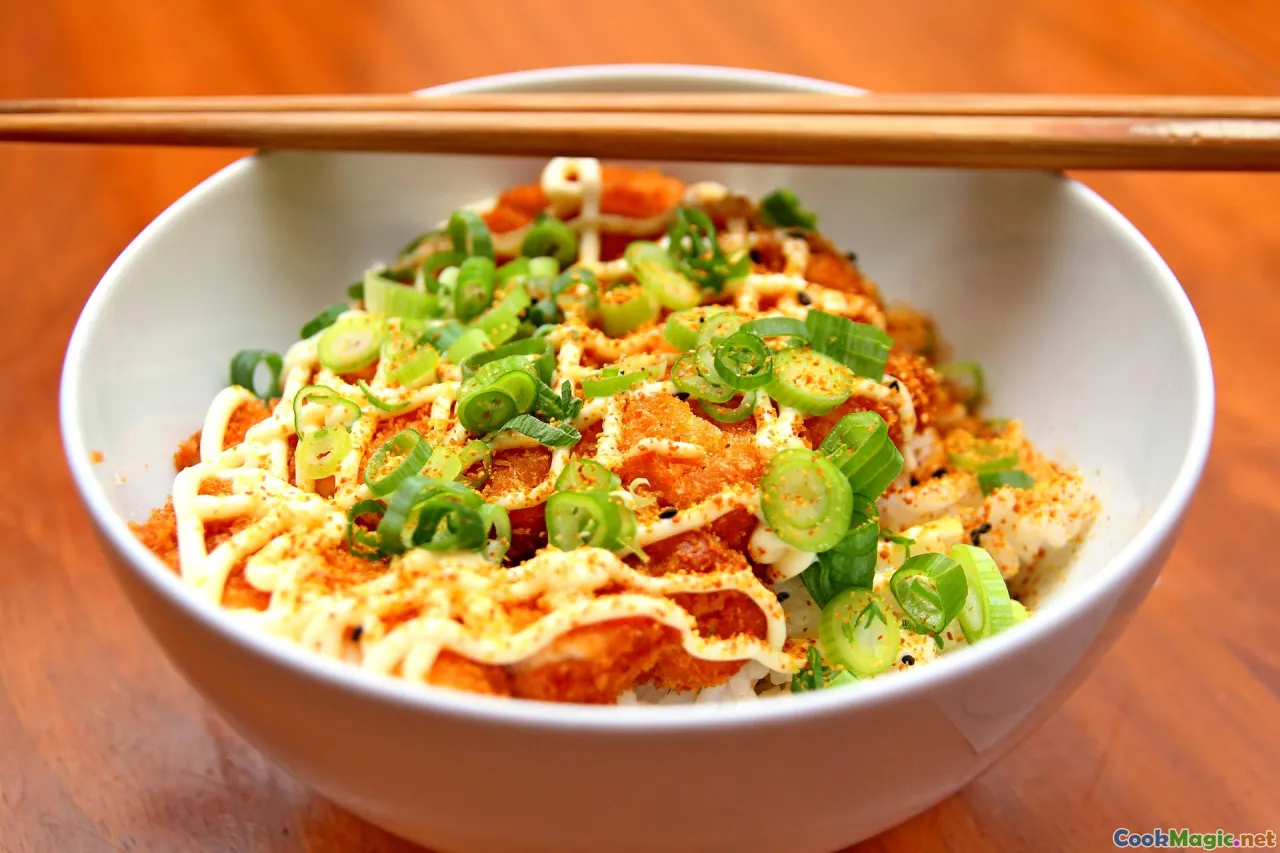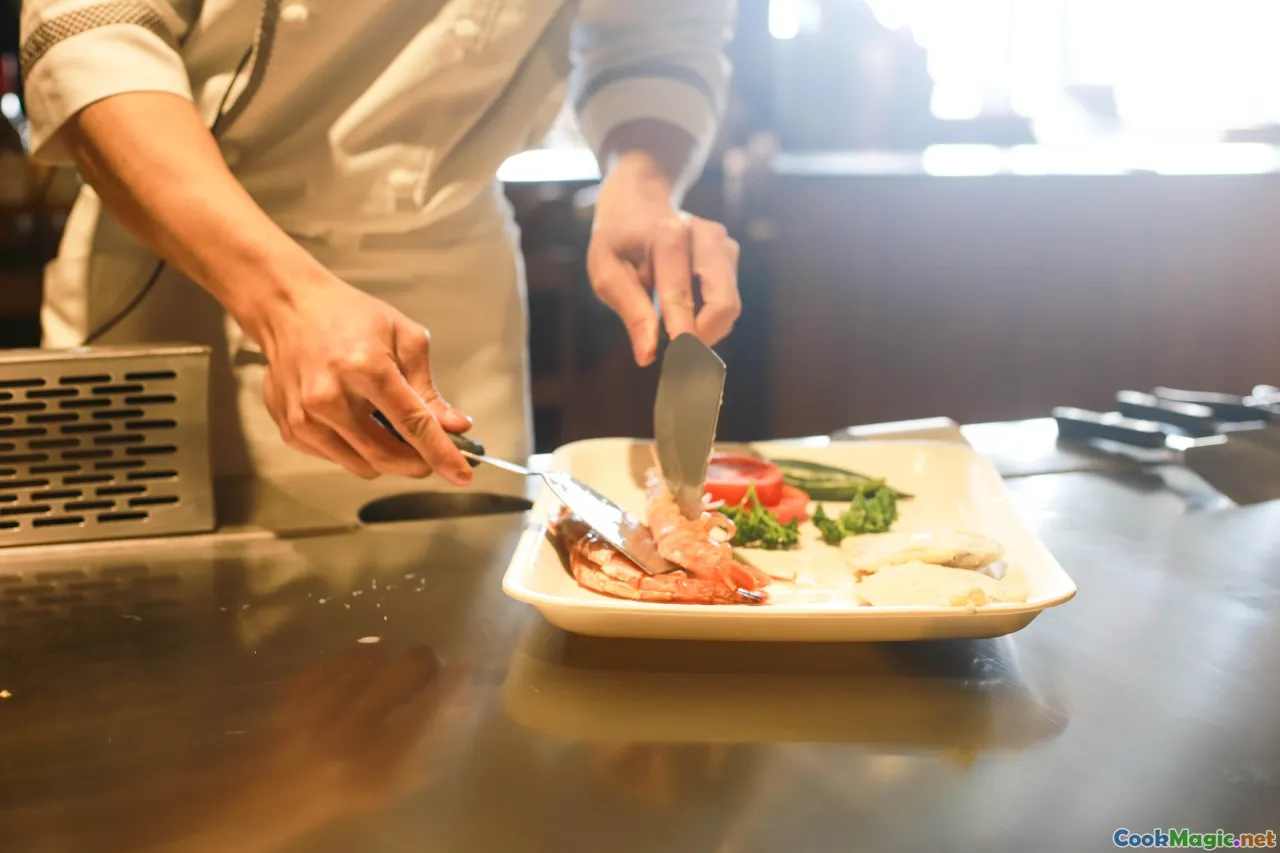Navigating Spice Levels in Pakistani Recipes
10 min read Explore how to adjust and master spice levels in Pakistani recipes for authentic flavor and personalized heat preferences. July 10, 2025 21:05
Navigating Spice Levels in Pakistani Recipes
Pakistani cuisine is a vibrant tapestry woven with bold flavors, aromatic spices, and a century-old culinary heritage that celebrates both intensity and balance. For those new to Pakistani cooking or even seasoned enthusiasts, understanding the nuanced art of spice levels is essential to truly appreciating dishes—from fiery curries to comforting biryanis. The journey through spice-laden recipes is not merely about heat; it’s about storytelling, tradition, and personal taste.
The Cultural Significance of Spices in Pakistani Cuisine

Pakistani cuisine is deeply rooted in history. The aromatic spices like cumin, coriander, turmeric, and garam masala carry generations of cultural significance, often linked with celebrations, family gatherings, and spiritual rituals. These spices do more than flavor food—they carry the warmth of centuries of tradition.
In regions such as Punjab, Balochistan, Sindh, and Khyber Pakhtunkhwa, local spices and their quantities vary, reflecting the area's climate, trade access, and cultural influences. An every-day dish like Nihari, for example, is rich with spices that have weathered centuries of culinary evolution, balancing heat with subtle complexity.
How to Understand and Adjust Fire Levels in Pakistani Dishes

Mastering spice levels begins with understanding what makes a dish fiery or mild and how to tweak it to match your palate.
The Building Blocks of Spice
Some spices lend heat directly, like red chili powder (commonly Kashmiri or dried red chilies), green chilies, and fresh chilies. Others, like cumin or coriander, are more about aromatic depth than burn.
Measuring and Controlling Heat
- Start Small: When working with dried red chilis, begin with half a teaspoon, tasting as you go. Remember, spiciness intensifies as the dish cooks.
- Adjusting During Cooking: If a dish becomes too fiery, add dairy (yogurt or cream), which helps neutralize heat. Tomato-based sauces can also mellow spiciness.
- Balancing Flavor: Incorporate sweetness (sugar or honey) or acidity (lemon juice, tamarind) to complement or balance the heat.
Personal Preferences and Cultural Tolerance
In Pakistani households, it’s common for recipes to be adapted according to family preferences—what’s fiery to one might be moderate to another. Community and familial bonds often center around shared dishes adjusted to personal spice tolerances.
Regional Variations and Their Approach to Spice

Pakistani regions develop their characteristic spice profiles—each shaping their signature dishes.
Punjab: The Heartland of Rich, Spiced Curries
Punjab's dishes like Punjabi chicken curry or sarson da saag feature generous quantities of spices such as garam masala, turmeric, and green chilies—delivering a warming, robust heat that complements their hearty grains and vegetables.
Sindh: Bold and Bright Flavors
In Karachi and Sindh, spices are used to craft intensely flavored dishes like Sindhi Biryani, where a fiery mix of red chili powder and green chilies creates a vibrant, spicy aroma that awakens the senses.
Balochistan & Khyber Pakhtunkhwa: Earthy and Subtle
These regions tend toward milder, earthier spice profiles using dried herbs, aromatic seeds, and milder chili varieties, balancing flavor without overwhelming heat.
A Personal Journey: From Mild to Fiery

As a culinary writer and avid home cook, my journey into Pakistani spices began with cautious spoonfuls—meant to avoid overpowering my palate. Over time, I learned to appreciate heat as an integral part of the flavor landscape.
One memorable experience was making traditional Daal Chawal for my family. Starting with a mild, turmeric-based lentil stew, I gradually increased green chili and red chili powder until reaching a level that proud Pakistanis would consider 'just right.' The key was balancing spice intensity with creaminess of the lentils and the aromatic rice.
That dish taught me that spice levels are personal and cultural—and respectful experimentation, along with understanding regional customs, is the way to master them.
Tips for Navigating and Personalizing Spice Levels
1. Know Your Chili Varieties
Different chilies vary in heat and flavor. For example:
- Kashmiri Chili: Mild, with vibrant color.
- Ukranian/Cayenne: Spicy and pungent.
- Sichuan: Offers a complex heat with a slight tingle. Getting familiar with each can help you tune your recipes precisely.
2. Use Fresh vs. Dried
Fresh green chilies provide bright, sometimes fiery heat, while dried powders tend to be more concentrated. Experiment to find what suits your taste.
3. Layer Your Spices
Start with aromatic spices like cumin or coriander and add heat elements gradually. This layering creates depth, allowing you to control spiciness without overpowering.
4. Embrace Cooling Components
Yogurt, mint, coconut milk, and cucumbers are traditional accompaniments that contrast and soothe intense heat, balancing the dish.
5. Cook with Intention
Spices deepen and mellow as they cook. Take mental note of cooking time; the same amount of chili can feel vastly milder or hotter depending on the stage of cooking.
An Emotional Connection to Spicy Food

Spicy foods in Pakistan are more than just flavor—they are woven into the fabric of communal life. There is a philosophy of sharing fiery bowls of Nihari, spicy chaats, and fragrant Biryani, often consumed together in joyful gatherings. The heat ignites conversations, traditions, and memories.
For many Pakistanis, a dish's spiciness is a badge of pride, reflecting hospitality and warmth. As I’ve discovered, navigating spice levels is a personal dance—some relish the challenge of scorching heat, while others appreciate a gentle warmth that charms the palate without overwhelming.
Final Thoughts: Embracing Your Spice Journey
Diving into Pakistani recipes with an awareness of spice levels provides a gateway to a world rich in sensory delights and cultural stories. Whether you prefer a mild curry that soothes or an incendiary dish that jolts your taste buds awake, understanding how to navigate—and respect—the delicate art of spice is key.
The next time you cook a Pakistani dish, remember: spicing is an act of love, a bridge connecting generations, regions, and personal tastes. Allow yourself to experiment, taste, adjust, and most importantly—enjoy your vibrant, flavorful journey.
Happy cooking, and may your spice level always reflect your heart’s true flavor.









